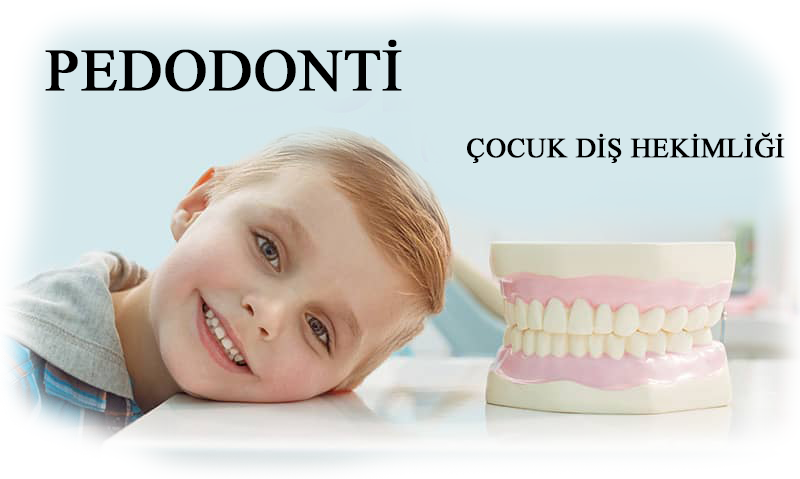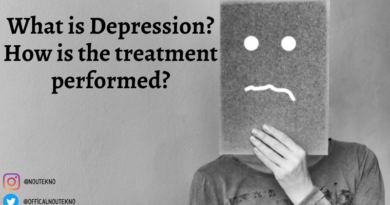What Is Pediatric Dentistry?
Pedodontics (Pediatric Dentistry) examines the primary and permanent teeth of children between the ages of 0 and 13. The aim of pedodontics is to protect the teeth of children in a healthy way and to eliminate the problems that occur in the teeth due to trauma and hereditary reasons.

THE IMPORTANCE OF MILK TEETH
There are 20 milk teeth in total. The purpose of these teeth is to provide nutrition to the child. The proper development of speech also depends on these teeth. In addition, milk teeth protect the area they cover for the teeth to be replaced. It kind of guides for permanent teeth in this way. If milk teeth are extracted early, this protective function disappears. The aim of Pediatric Dentistry is to prepare children for a caries-free and healthy future. The applications applied for this purpose are called preventive dentistry.
Teething in milk starts from 6 months. In order to protect these teeth, oral health care and a ‘fissure sealant’ procedure to be performed by a specialist physician are required. Fissure-preserving method aims to prevent deposits that may occur in primary teeth. This method is extremely easy and painless. Also, the cost is quite cheap. The importance of milk teeth is not known enough in the society. It is believed that milk teeth are temporary and brushing is unimportant. This belief is quite wrong. Milk teeth allow the development of the maxillofacial skeletal system. The system formed by chewing, speaking and muscles is a whole. Milk teeth are very important for the healthy development of this system.
WHAT DOES PEDODONTIST MEAN?
After completing his 5-year undergraduate degree in Dentistry Faculties, the pedodontist receives specialization or doctoral training in the Department of Pedodontics, which is affiliated to the Clinical Sciences of the Faculty of Dentistry. Doctors trained here are also called pedodontists or pediatric dentists.
WHAT DUTIES DOES PEDODONTIST DO?
Pedodontist aims to prevent dentist phobia in children. That’s why it makes dental health procedures fun for kids. It also prepares a special preventive program for children by determining the risk map of dental caries. Informs both families and children about oral and dental care in children. It also takes care of the child’s diet. The pediatric dentist applies preventive methods for the prevention of caries. These methods are fissure sealant and fluoride applications. It performs necessary endodontic treatments for milk and permanent teeth. Regularly checks the child’s teeth and jaw development. The pedodontist also aims to prevent bad habits such as nail biting, finger biting and pencil biting. It also tries to eliminate the disorders related to traumas in the teeth.
LOCAL FLUORIDE (FLOR) APPLICATION
Fluoride is a natural compound that strengthens tooth enamel, destroys the structure of caries-causing bacteria and can prevent mineral loss that may occur in tooth enamel against acid attacks after meals. Local fluoride application is a preventive treatment. The purpose of this application is to prevent cavities by strengthening the tooth enamel. This gel can be applied to all areas of all teeth. If used correctly, it has no side effects.
WHY SHOULD MILK TEETH BE TREATED?
Milk teeth improve growth by providing chewing and nutrition. Problems that will occur in milk teeth prevent growth and development. In addition, milk teeth are also important for speech. Especially in the absence of front teeth, the production of some sounds is negatively affected. Therefore, the problems that may occur in these teeth should be taken seriously. A specialist pediatric dentist should be used for treatment.





Pingback: WHAT TO DO AFTER RHİNOPLASTY - NOUTEKNO